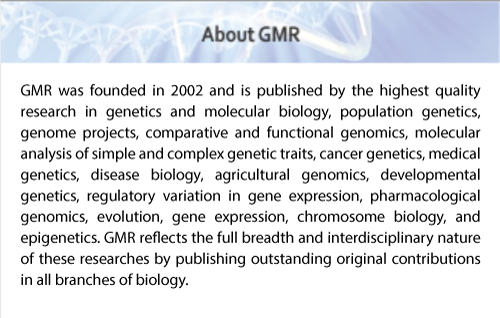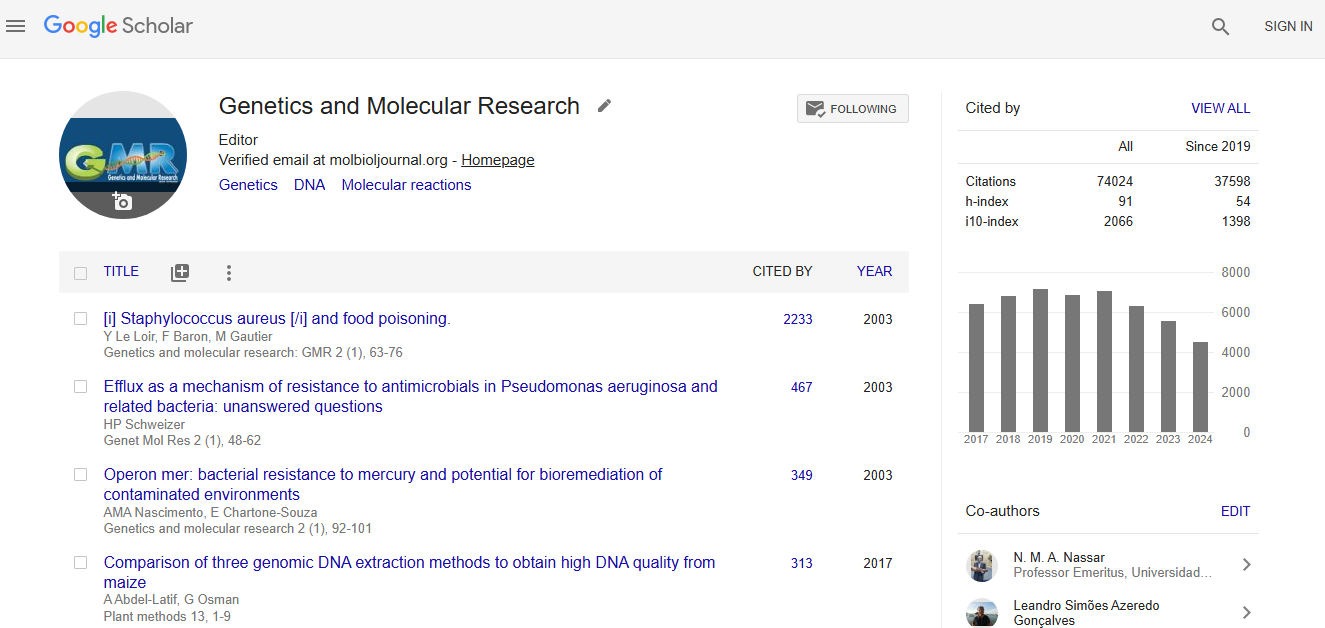Abstract
Characterization of Aspergillus niger ndo-1,4-�?²-glucanase ENG1 secreted from Saccharomyces cerevisiae using different expression vectors
Author(s): S.M. Taipakova, I.T. Smekenov, M.K. Saparbaev and A.K. BissenbaevHeterologous expression of Aspergillus niger endo-1,4- β-glucanase (ENG1) in Saccharomyces cerevisiae was tested both with an episomal plasmid vector (YEGAp/eng1) and a yeast vector capable of integration into the HO locus of the S. cerevisiae chromosome (pHOGAPDH-eng1-KanMX4-HO). In both cases, eng1 gene expression in yeast, with its native signal sequence forsecretion, was under the control of the strong glyceraldehyde 3-phosphate dehydrogenase (GAPDH) promoter. We aimed to verify how each expression system affects protein expression, posttranslational modification, and biochemical properties. Expression of eng1 from the episomal plasmid vector YEGAp/eng1 significantly slowed the growth of a yeast cell culture. However, expression of eng1 from the vector integrated into the HO locus of the chromosome did not cause growth suppression, and the enzyme activity in a culture supernatant was maintained throughout the incubation time. ENG1 has optimum catalytic activity at pH 6.0, and is stable in the pH range 5.0-9.0. The enzyme’s optimum temperature for catalytic activity at pH 6.0 is 70°C; importantly, more than 95% of the enzyme’s initial activity remained after a 2-h incubation at 60°C. The biochemical characterization of ENG1 confirmed the correct expression of the protein and showed that ENG1 expressed by the pHO-GAPDH-eng1-KanMX4-HO vector, in addition to its N-linked sites, is overglycosylated at its O-glycosylation sites compared with ENG1 expressed by the YEGAp/eng1 vector. It is likely that the O-glycosylated form of the A. niger ENG1 retains more stable activity during continuous cultivation of recombinant yeasts than the form that is only N-glycosylated.
Impact Factor an Index

Google scholar citation report
Citations : 74024
Genetics and Molecular Research received 74024 citations as per google scholar report
